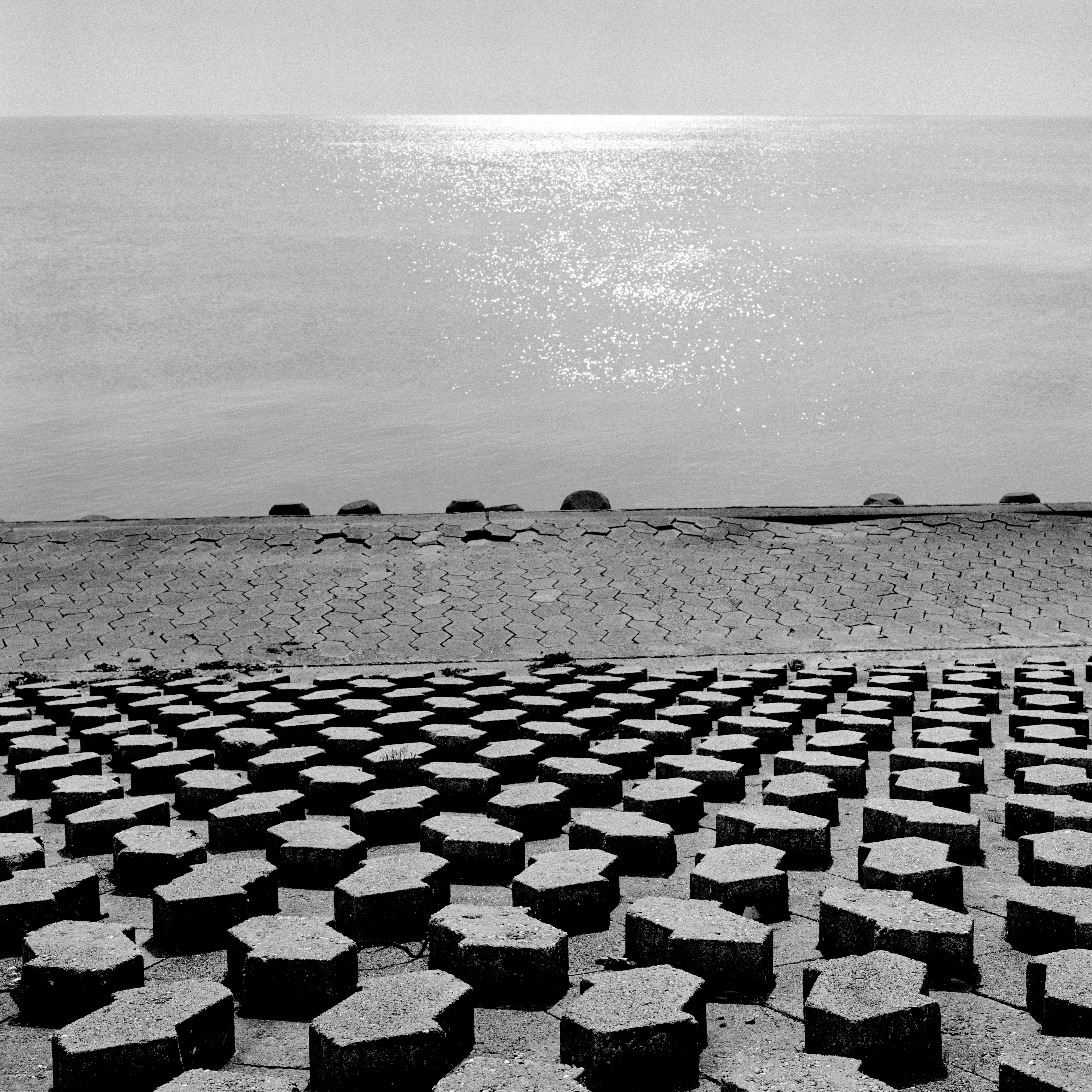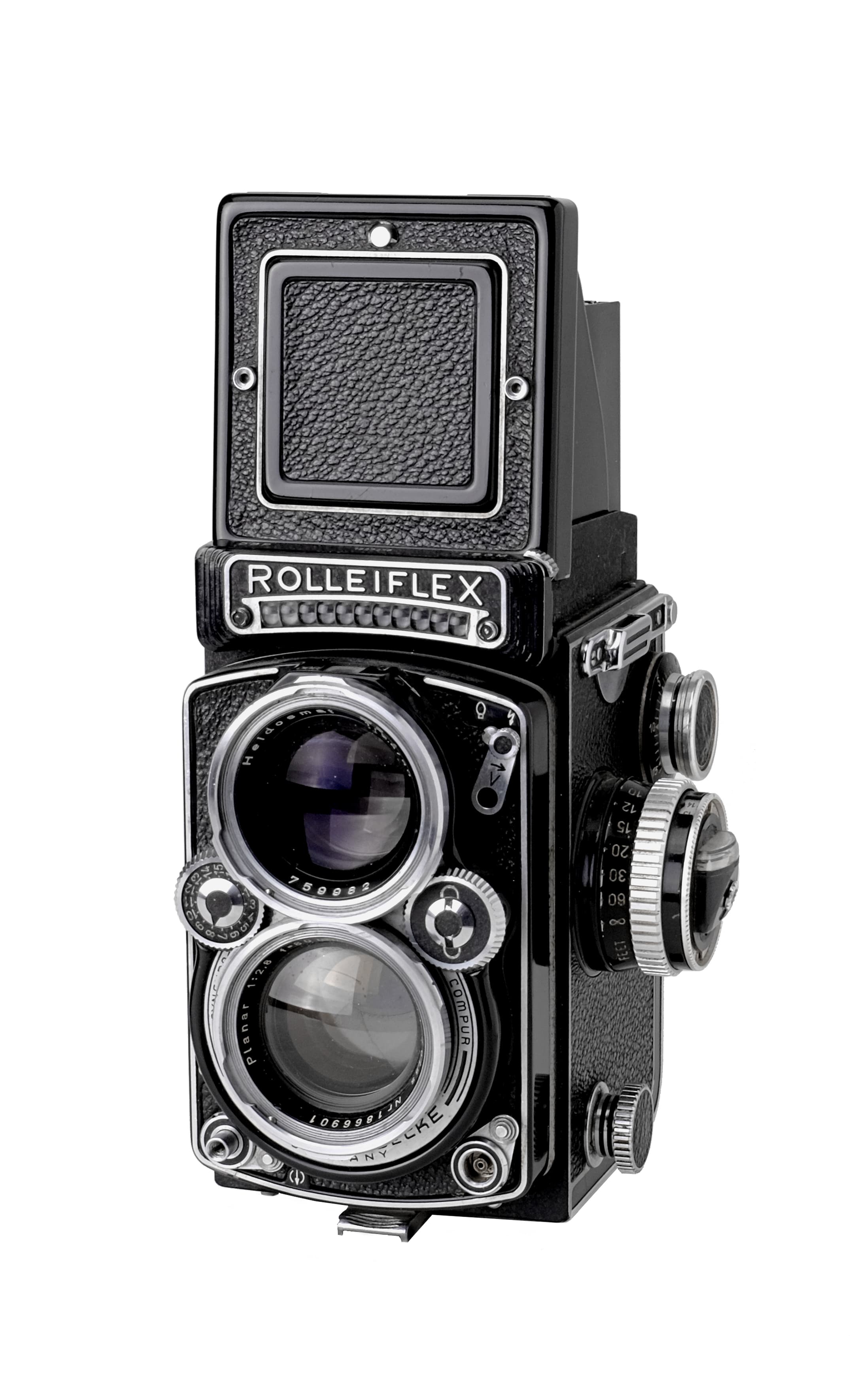
Your guide: Mike Crawford
Mike Crawford is a London-based photographer and specialist printer working primarily in urban landscape and portraiture. His work has been exhibited widely in the UK and abroad. For over 20 years he has run Lighthouse Darkroom, one of the UK’s premier photographic labs, working for many leading photographers on numerous exhibitions and publications. His website is here
For many film photographers, 120 is the ideal format. It offers high-quality negatives, relatively portable equipment and prior to digital, was the standard for many professional photographers. The variety and types of cameras produced since Kodak launched the format in 1901 is extensive and the interest and revival in 120 continues to grow among today’s analogue photographers.
Different formats
When referring to 120, unlike 35mm or 5×4 inch film, a specific format is not immediately suggested. Although the most popular 120 cameras produce 6x6cm or 6x7cm negatives, other possible sizes and ratios include 6×4.5, 6×8, 6×9 and 6×12. My very first 120 camera was a second-hand Yashica 635, a popular budget twin lens reflex, which I know installed my love of the square format.
Twenty-five years ago I upgraded to a Rolleiflex 2.8E, which for years was my principal camera, using it primarily for projects relating to cities and location. Indeed, I am so used to the square format that I have only ever bought digital equipment that has the option for shooting 1:1. Although this 60-year-old camera still works perfectly, I bought a Mamiya 6 rangefinder nine years ago. I thought it would be an additional option for travel work, but instead ended up using it for a portrait project.
The rangefinder is not the ideal portrait camera and perhaps I should have got the Hasselblad that I had always desired but had never quite been able to afford. Despite an occasional issue with parallax, otherwise not seeing exactly through the viewfinder what the lens sees, I was impressed by the quality of the Mamiya optics and how sharp my negatives were.
I never think of medium format being of ‘better’ quality than 35mm, but instead consider it a different quality. The surface area of the 6×6 frame is more than four times the size of 35mm so will naturally allow a far finer grained print when enlarged. While I particularly appreciate the texture of 35mm, it is the smooth clarity of 120 that I see as its advantage.

Helgoland is a small North German island with a fascinating and complicated history. Using my Rolleiflex, I worked on a small project over a week with much of the work concentrating on the horizon Helgoland, Germany. Rolleiflex 2.8E, Ilford HP5 Plus
Current cameras
Similar to 35mm, there is a limited availability of new, contemporary 120 cameras with an even greater discrepancy in prices. At the top of the range, Hasselblad and Rollei produce hybrid professional models that take film and digital backs, both costing upwards of £6,000. Aside from the Linhof Technorama 617, a precision panoramic camera, the majority of medium format equipment currently in production is relatively inexpensive. However, these cameras tend to be made of plastic (as are their lenses), or hand crafted in wood with no lens whatsoever.
Pinholes and plastic
The Holga and Diana have attained cult status and are revered (and sometimes derived), for taking soft, atmospheric photographs due to their plastic lenses. The possibility of light leaks resulting from their cheap design and build is another discrepancy to consider. I bought a Holga in New York over 20 years ago and remember its instructions specifically recommending that the lens cap is discarded to prevent blank exposures, that the camera may need to be wrapped in insulation tape to keep it light-tight and most of all, to lighten up and have fun!
Certainly 120 is also a good format for pinhole photography and several small companies are manufacturing hand-made wooden cameras. Zero Image from China has a range which have the aesthetic look of Victorian scientific instruments, while Ondu in Slovenia makes beautifully tactile pinhole cameras from locally sourced woods and continue to attract a dedicated following with the release of each new model.
While this diversity of 120 equipment is welcome, again there is a lack of new, mid priced, quality cameras and the second-hand market remains the biggest source for photographers wishing to explore the format. Bronica and Yashica are excellent choices for cameras with good quality optics but far less expensive than the top range Hasselblad, Mamiya and Rolleiflexes. However, most 120 cameras will retain their value making it possible to later sell on. Indeed some cameras still continue to rise in price.

The Holga has become very popular over the past 20 years, and along with the Diana, has created a huge following celebrating the limitations and individuality of plastic film cameras New York, USA. Holga, Ilford HP5 Plus
Classic 120 photographers
Medium format cameras were used by professionals for decades to cover a range of different photographic practices. From wedding and portraits to reportage and fine art; there is not one distinctive look to the format, rather a multitude of possibilities.
In the 1980s Martin Parr stopped working in both black & white and 35mm, instead shooting colour with a Plaubel Makina, a 6×7 German rangefinder camera that he helped to popularise, which defined his straight and distinctive style. In comparison, the portraits of American photographer Irving Penn (1917-2008), who worked primarily in black & white, often with a Rolleiflex, appear both intense and direct. His use of light was exemplary as was his sense of composition within the confines of the square format.
In returning to this classic camera, the one photographer I always consider to be an absolute inspiration is Lee Miller (1907-1977). Her personal story, soon to be the subject of a major feature film, is quite remarkable, but the quality of her photography is even more outstanding. From portrait commissions and fashion shoots to editorial work capturing the bomb-damaged streets of wartime London, she left behind thousands of rolls of 120 negatives. It was only after her death that her son Antony Penrose, who is in charge of her archive, realised the extent of her work when discovering the sheer number of negatives and prints she had stored in their attic. This included her photojournalism produced during World War Two for Vogue and like most of her work was predominantly shot with her Rolleiflex.

My Rolleiflex 2.8E dates from 1959, though an updated version was still in production up until 2015
120 Project Slovenian portraits
I was asked in 2011 if I would be interested in working on a series of portraits documenting participants in the Slovenian Ministry of Culture’s Artist in Residence London programme. I was looking for a new subject for portraiture, so gladly accepted the offer. 120 was the natural choice and decided to use the Mamiya 6 I had just bought.

Theatre costume designer Alan Hranitelj turned up for the shoot immaculately dressed in a three-piece suit on the hottest day of the year. As with all the portraits in my series on Slovenian artists, a suitable location was found on the streets of Shoreditch, either by myself or suggested by the sitter. Alan Hranitelj, London. Mamiya 6, Ilford FP4 Plus
Each month a new artist was in London and I presumed I would work on the project for perhaps two years, resulting in 24 portraits. I met and photographed a fascinating variety of painters, poets, musicians, writers and filmmakers, however it soon became a three and then a four-year project and finally called a halt at 52 portraits as by then an exhibition in Slovenia was scheduled. All the portraits were shot on the streets of Shoreditch, East London, where the residency is based, partly for convenience, but also to give a sense of location and unification to the work.

120 camera and film tips
Many 120 cameras use a waist level finder, offering a different viewpoint than holding the camera up to the eye to focus. It can also help the photographer appear less noticeable when working which is always an asset and especially useful for street photography.
Hasselblad, Bronica and some Mamiya cameras use interchangeable film backs that are ideal if a photographer wants to switch from black & white to colour mid roll. One of the photographic assistant’s main jobs used to be keeping the 120 backs loaded during a shoot.
While Holga and Diana cameras are popular for the ‘creative’ look provided by their low quality plastic lenses, cheaper alternatives to consider are the older Box and Folding cameras such as the Kodak Brownie. These can be bought online or at charity shops.
There is still a great variety of 120 films available in black & white. Ilford produces nine different emulsions in the format, from the fine-grained Pan F Plus to the ultra fast Delta 3200. More specialist films include Ortho Plus 80 with its orthochromatic tonal range and the infrared styled SFX.
Fujifilm and Kodak produce a limited but excellent range of 120 colour neg films, though both also make positive transparency films. Fuji Provia has remained in production while Kodak has recently re-introduced the classic Ektachrome as interest in slide film has grown.
Further reading
The essential guide to shooting film
Darkroom toning tips: how to get terrific tones
Essential guide to shooting film







